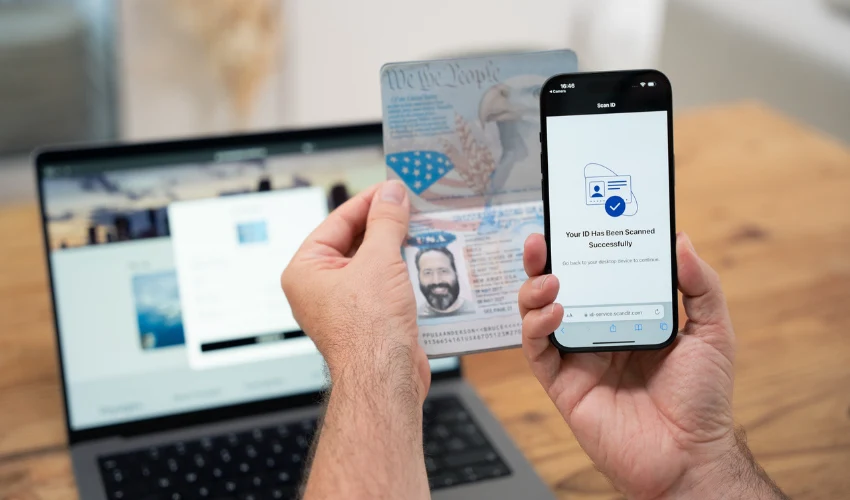In today’s fast-paced digital world, scannable IDs are revolutionizing security, convenience, and efficiency across various industries. Whether used for access control, identification, or financial transactions, these IDs enhance user experience while ensuring robust security. Here are seven successful examples of scannable ID implementations that have transformed their respective sectors.
Mobile Driver’s Licenses (mDLs) in the United States
Mobile Driver’s Licenses (mDLs) are digital versions of traditional driver’s licenses stored on smartphones. States like Arizona, Colorado, and Maryland have successfully launched mDLs, allowing users to verify their identity through QR codes or NFC technology. These digital IDs are widely accepted at airports, government agencies, and retailers, improving both security and convenience while reducing identity fraud.
Looking to explore India’s most exciting online games? Join Raja Game for endless fun and play now to enjoy secure, fast-paced color prediction games.
ePassports with Biometric Data
Electronic passports, or ePassports, contain embedded RFID chips that store biometric and personal data. Countries such as the United States, the United Kingdom, and Germany use ePassports to facilitate seamless and secure international travel. When scanned at border control, ePassports enable faster processing times and enhanced security checks, significantly reducing identity fraud and unauthorized entries.
QR Code-Based Payment Systems in China
China has pioneered the use of QR code-based payment systems, with platforms like Alipay and WeChat Pay integrating Scannable ID features. These digital payment solutions link to user bank accounts and require scanning a QR code to authenticate transactions. This system has drastically reduced the need for cash transactions and enabled widespread adoption of digital wallets across various sectors, from retail to transportation.
Student IDs with NFC Technology in Universities
Many universities worldwide, including Stanford and MIT, have implemented NFC-enabled student IDs. These scannable IDs grant students access to dormitories, libraries, and campus facilities while also functioning as meal cards and transportation passes. The integration of these digital IDs improves campus security and streamlines administrative processes, offering a hassle-free experience for students and faculty.
Scannable Employee Badges in Corporate Offices
Companies such as Google and Microsoft use scannable employee badges equipped with RFID or NFC technology for secure workplace access. These IDs allow employees to enter restricted areas, log work hours, and even make payments at office cafeterias. By leveraging scannable ID technology, businesses enhance security while ensuring a seamless employee experience.
COVID-19 Vaccination Passports
During the COVID-19 pandemic, many countries introduced digital vaccination passports to verify immunization status. Platforms like the EU Digital COVID Certificate and the New York Excelsior Pass used QR codes to store and display vaccination data securely. These scannable IDs enabled safe international travel, entry into public venues, and workplace verification, demonstrating the efficiency of digital identity solutions.
Blockchain-Based Digital IDs
Blockchain-based digital IDs are emerging as a secure and decentralized solution for identity verification. Platforms like Microsoft’s ION and the ID2020 initiative use blockchain technology to provide users with self-sovereign identities. These scannable Idbook enhance privacy, reduce identity theft risks, and enable seamless authentication across online and offline platforms.
Conclusion
Scannable IDs are revolutionizing identity verification across various industries by enhancing security, reducing fraud, and improving user experience. From mobile driver’s licenses and ePassports to QR code payments and blockchain-based IDs, these implementations demonstrate the power of digital identity solutions. As technology continues to evolve, scannable IDs will play an even more significant role in shaping the future of secure and convenient identification systems.
